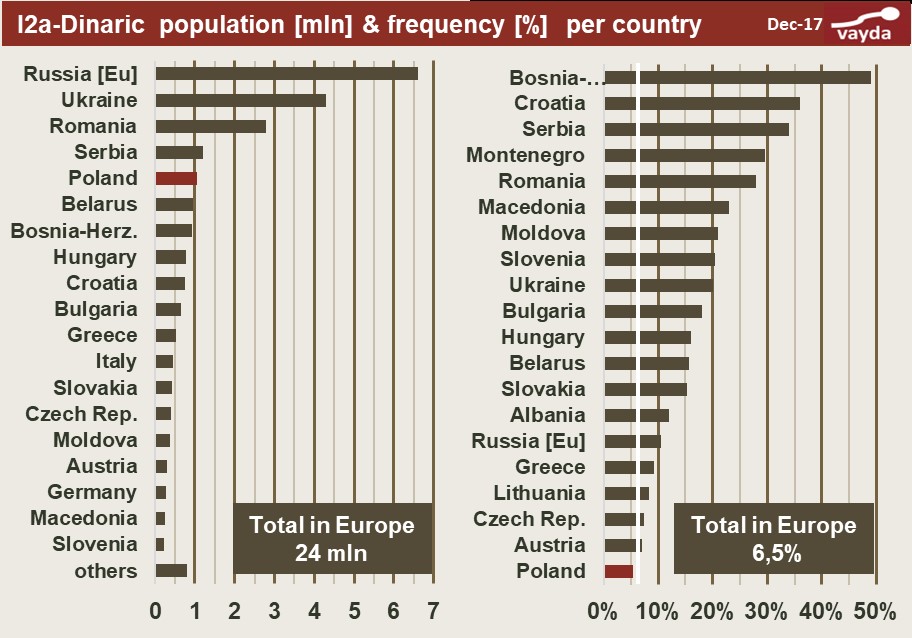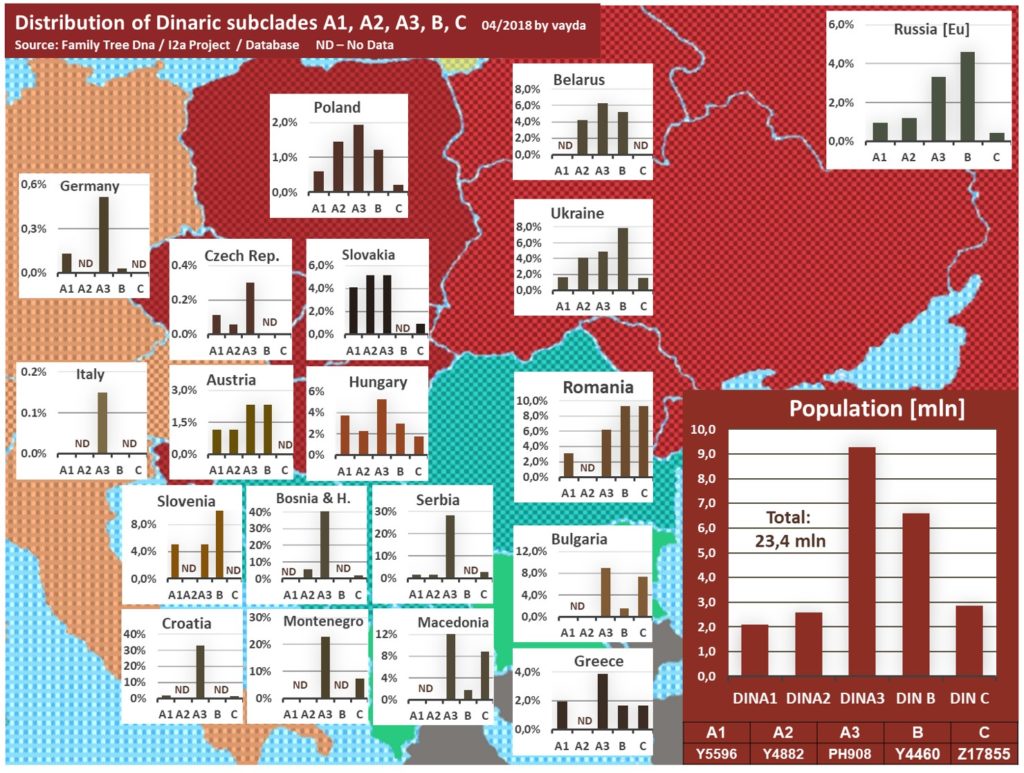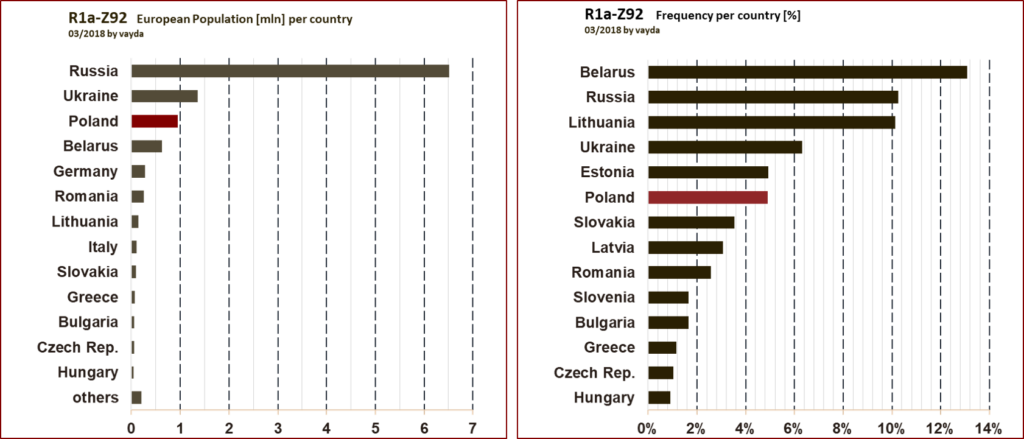Apart from the samples from Belgium (same clade as the Spanish one, so possibly a descendant of a Spanish nobleman during the Habsburg rule) and Tatarstan, all the countries listed are where the Goths settled. The Tatar sample could be an offshoot of the Goths who stayed in Ukraine.
I suggested three years ago that one contingent of Goths migrated to the Volga-Ural region and contributed ancestry to the Mordovians, Chuvash and Tatars. I am found nothing that could contradict this hypothesis so far. Actually I have surely underestimated the overall Gothic ancestry in the Volga-Ural as I did not know at the time that E-V13, G2a and J2b2 could very well be Slavic or Germanic lineages. Therefore the Mordovians could have up to 70% of Gothic Y-DNA (Slavo-Germanic + some assimilated Carpathian lineages).







